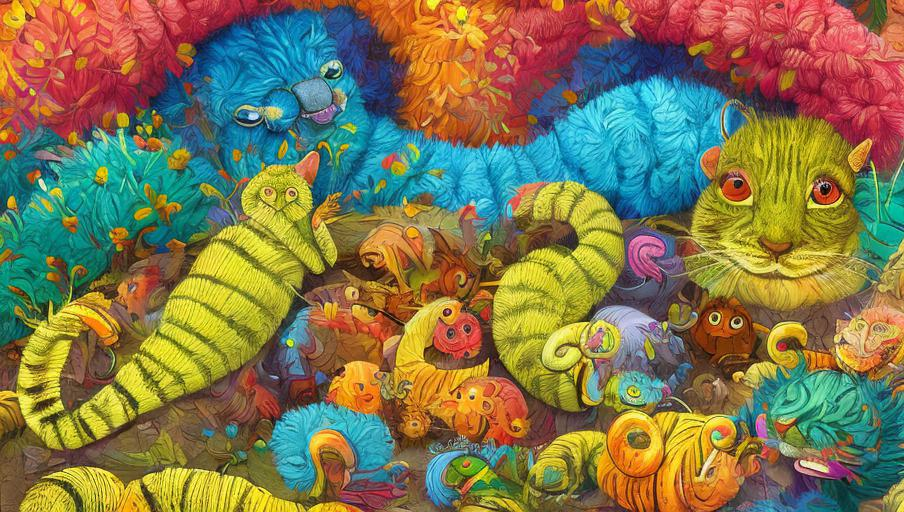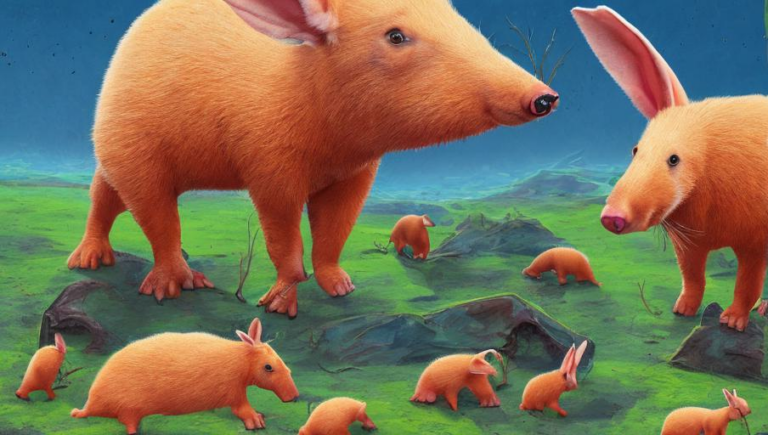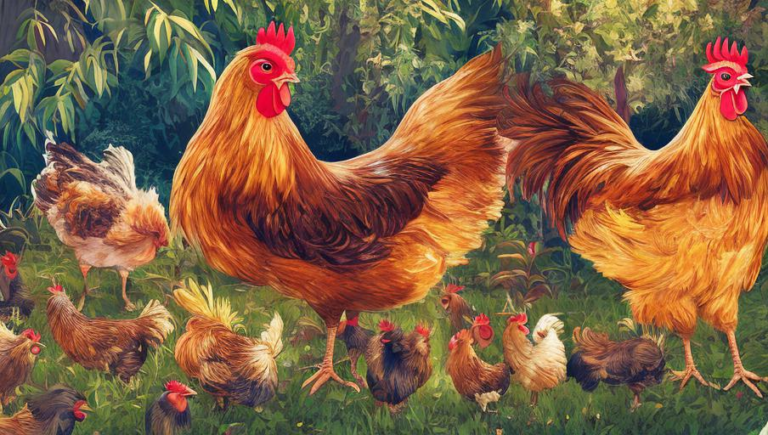Struggling to Find Food as a Caterpillar

Introduction
Caterpillars are an important part of the natural ecosystem, as they are one of the main food sources for other animals. However, it can be difficult for caterpillars to find food, as they have to compete with other animals for limited resources. This can be especially true for caterpillars living in urban areas, where food sources are often limited. In this article, we will take a look at how caterpillars find food and the challenges they face in the process.
The Life Cycle of a Caterpillar
Caterpillars start their lives as eggs, which are laid and hatched by the female. They then go through several stages of growth before they become mature adults. As they grow, they must find food sources to help them reach their adult stage.
What Caterpillars Eat
Caterpillars typically feed on leaves, fruit, flowers, and other plant material. They also can eat small insects, such as aphids and larvae. In some cases, they will also feed on decaying organic matter.
Challenges for Caterpillars in Urban Areas
Caterpillars living in urban areas often face a variety of challenges when it comes to finding food. For example, the availability of food sources can be limited due to the lack of natural vegetation. In addition, competition from other animals, such as birds and rodents, can make it difficult for them to find enough food. Finally, the presence of humans can be an additional challenge, as humans can disrupt their habitats, making it difficult for them to find food and shelter.
Adaptations for Finding Food
Caterpillars have evolved several adaptations that help them find food in urban areas. For example, some caterpillars have developed a form of camouflage that helps them blend in with their surroundings, making it less likely that they will be seen by predators. They also have evolved the ability to detect food sources from a distance and to quickly move to them. In addition, some species have adapted to feed on human-made materials, such as clothes or paper.
Preserving Caterpillar Populations
Caterpillars play an important role in the natural ecosystem, so it is important to ensure that their populations are not adversely affected by urbanization. One way to do this is to create habitats that are conducive to their survival. This can include planting native vegetation and providing shelter for them. Additionally, it is important to limit the use of pesticides and other chemicals, as these can be harmful to caterpillars. Finally, it is important to create awareness among the public about the importance of protecting caterpillar populations.
Conclusion
Caterpillars face a variety of challenges when it comes to finding food, including limited food sources and competition from other animals. However, they have evolved several adaptations that allow them to survive in urban areas. By creating habitats that are conducive to their survival and limiting the use of pesticides and other chemicals, we can help preserve caterpillar populations.





